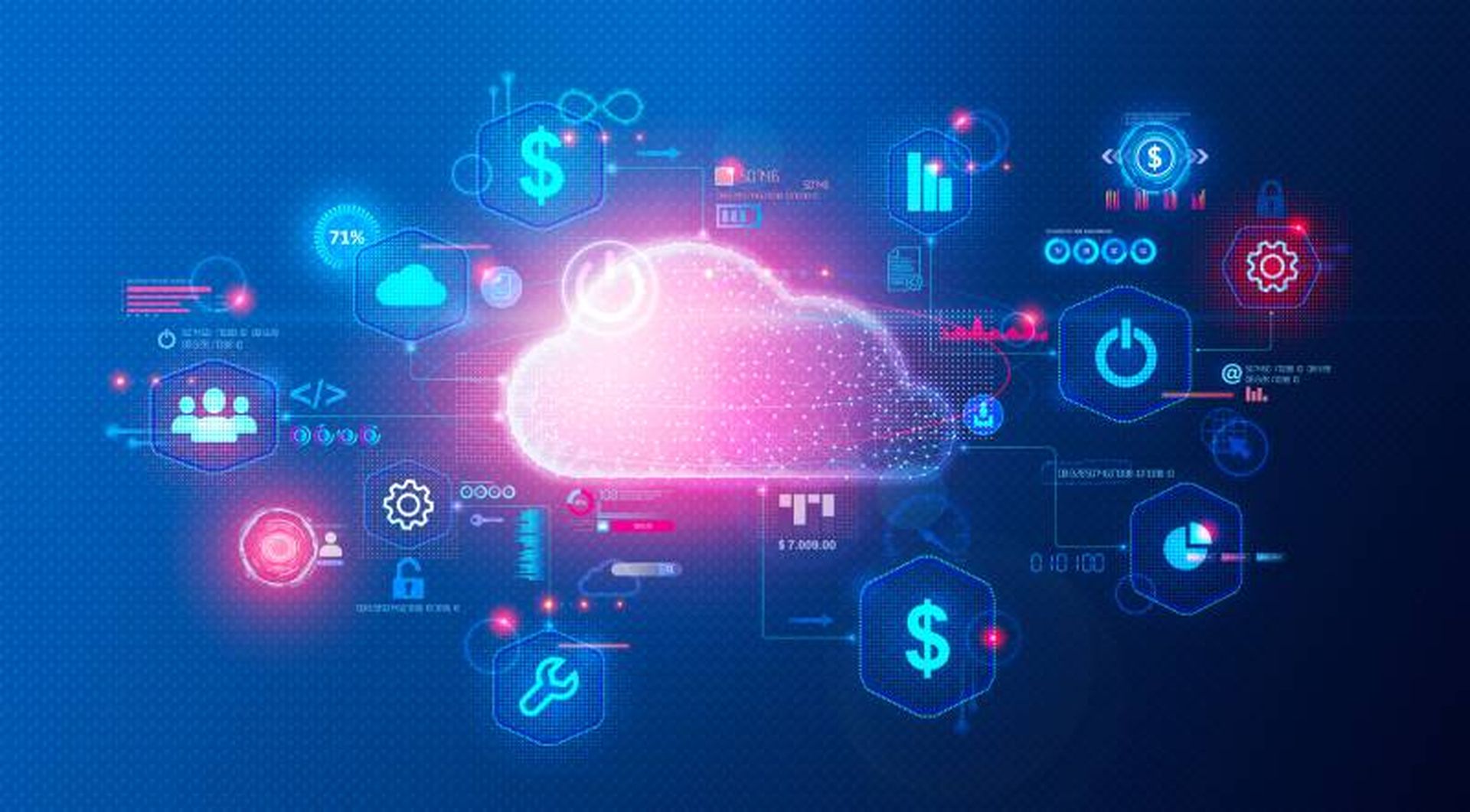
I read a lot of commentary from “experts” about PLG–product-led growth. Apparently, much of the “future of sales,” will be driven by PLG initiatives. I get why sales people revel in this. It leaves all the heavy lifting of “buying” to the customer.
PLG is great for sales. We don’t waste our time inciting people to change, to consider doing things differently. We don’t have to invest in understanding the customers’ businesses and challenges. We don’t have to help them determine their needs and priorities. We don’t have to help them organize themselves to buy and define their buying journey.
All that stuff is so messy and time consuming! We have to take the time to understand the customer–both as an organization and as individuals. After all, that defocuses us, we have to understand people-their aspirations, their fears, their problems and challenges. We have to understand business, what the organization is trying to achieve and what stands in the way of achieving those goals. Then there is the messiness of the buyers trying to organize themselves to buy and figure out what they want to do.
After all, with PLG, our products lead, all we have to do is help the customer understand the superiority of our products. That’s where our expertise is. Learning about the customer, their markets, their industry is so distracting! Plus we aren’t measured on our customers’ success, we have quotas to sell products!
PLG: What About the Customer?
Focusing on PLG relieves us of so much work. But since the customer preference is a “digital buying journey,” we don’t have to worry about that. It’s marketing’s job to make sure customers find us when they are looking for solutions and products. It’s marketing’s responsibility to drive that interest, then we focus on convincing them of our product superiority!
But then, there are some challenges.
- What if the customer isn’t searching or looking?
- How do we achieve our goals if enough people aren’t interested in or finding our products? (Of course we can always blame marketing. Alternatively, we could blame product development for developing the wrong products.)
- How do we differentiate ourselves in very competitive markets? Hopefully we have a couple of unique features our competition doesn’t have–we can focus on those in the demo, even if the customer doesn’t need them. Then we can always discount!
- What if our product area isn’t “hot?”
- Then there’s the competition for our jobs. We really become expendable, our managers can hire cheaper people to read the scripts and do the demos. And then there are the Chatbots, AI/ML that eliminate the need for PLG driven sales people.
From an overall business/sales strategy point of view, shouldn’t we really be concerned about a PLG led strategy?
We know the majority of customer buying journeys end in failure–and that failure has little to do with product selection! So there is so much more opportunity to address if we could “help” our customers successfully get to the product selection part of their buying journey. Plus, doing that might position us more favorably when they get to that part of their journey.
We know part of this problem is that customers are overwhelmed and confused by the sheer amount of high quality information. What if we could help them sort through that, determining what’s most important to them and what they can ignore.
We know that customers are worried about risk, they fear failure. And it’s less about the product they have chosen, but whether they have made the right decisions for the overall project/problem they are trying to address. Perhaps we could create value and drive greater customer success.
We know there is high buyer remorse. How do we help customers have greater confidence in the decision and path they have chosen.
Then we also know there the majority of the opportunity is with customers that haven’t recognized the need to change, that there are better ways to achieve their goals, that they might grow or find new opportunities. But they aren’t looking, they don’t realize they should be. How do we incentivize them to change and start the journey?
A Huge Disconnect
In summary, a PLG driven strategy represents a huge disconnect with the customer. Customers don’t set out to buy a product, they set out to solve a problem, to address an opportunity, to change. The product represents the smallest part of their challenge. As a result, we are minimizing our contribution to the customer success and the value we can create with them.
We’ve been in this place for decades. We’ve always focused on pitching out products. We now have a cool acronym, PLG–continues to focus us on our growth and our success, with the customer being secondary. We optimize around our outcomes, not around helping the customer.
And we know customers don’t find this helpful, so they look other places for help. We’ve always known we can create greater value and success by helping the customer with their problem–but we consistently (except for a small number of high performers) ignore this opportunity to maximize our shared success.
Somehow, I think there is a better way.
Contributed blog courtesy of Partners in Excellence, and authored by David Brock, president at Partners in Excellence. Read more contributed blogs from David Brock here.




